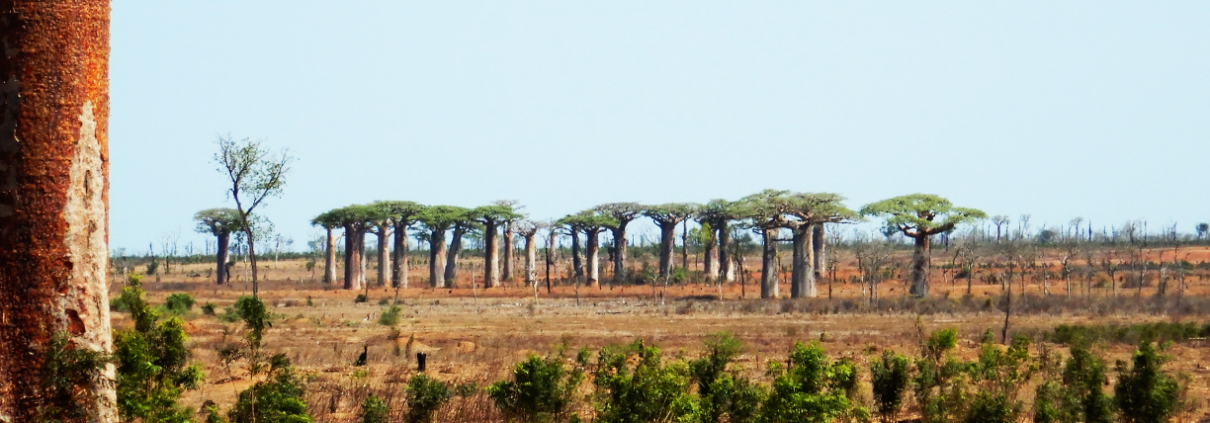Economic Analysis of the Conservation & Communities Project in Madagascar
Opportunity
Madagascar is widely recognized as the home of some of the world’s most exceptional biodiversity. The island country also has high population growth, multidimensional poverty, and a large rural population. The people of Madagascar depend on subsistence agriculture and natural resource extraction for their livelihoods, which has led to environmental degradation. These activities have put the survival of many of the country’s species at risk. As a result, Madagascar is considered one of the top “biodiversity hotspots” in the world.
Under the Conservation and Communities Project (CCP), USAID aims to both promote resilient livelihoods for the people of Madagascar, while also securing the country’s rich biodiversity and natural resources. USAID/Madagascar’s Sustainable Environment and Economic Development Office (SEED) requested that Integra assess the financial, economic, and environmental impact of specific interventions under the Mikajy activity. Specifically, Integra was asked to conduct the following:
- A cost-benefit analysis (CBA) of conservation farming (CF) of maize and groundnuts in Menabe;
- A CBA of Rainforest Alliance (RA) certified vanilla production in MaMaBay; and
- A cost-effectiveness analysis (CEA) of various approaches to conservation and natural resource management (NRM).
Methodology
Integra used a combination of interviews and secondary evidence, and data collected in the field, supplemented with information from a detailed literature review, including USAID administrative documents, farm surveys from similar activities, and related academic and scientific research.
Key Findings
- USAID Mikajy supports maize and groundnut interventions resulting in an economic net present value (NPV) of $8,786.
- The positive financial return for maize is highly dependent on assumptions regarding the source of additional organic fertilizer.
- The financial return for groundnuts becomes negative with slight movements to the assumed costs of HYV seeds.
- The incremental NPV can be raised by including a financial mechanism to offset inputs cost (e.g. seeds and fertilizers) and yield growth potential achieved in the first year of adoption. Additionally, farmers could increase their revenues if they expand production to other non-forested agriculture land.
Impact
To improve the outcomes of USAID/Madagascar’s SEED interventions, Integra recommended:
- Expanding Data Tracking of Value Chain Activities
Data collected when incorporated into a CBAs will more accurately reflect the financial and economic impact of the activity. The data will also improve quarterly and annual reporting, as well as monitoring and evaluation plans.
- Recognizing the Importance of Financial Viability for Farmers
USAID could prioritize conservation farming of groundnuts or alternative crops over maize to increase the financial return to farmers and to improve the economic return to USAID’s investment. Switching from maize to a more profitable crop would improve both financial and economic returns, and further incentivize farmers to support conservation effort
- Bridging the Knowledge Gaps that Restrict Cost-Effectiveness Analysis
USAID/Madagascar can work with Madagascar National Parks, other Protected Area managers and community-based natural resource managers to establish a reporting framework to produce the type of high-resolution data required to undertake causal and comparative analysis on the impacts and costs of conservation and NRM management systems







































